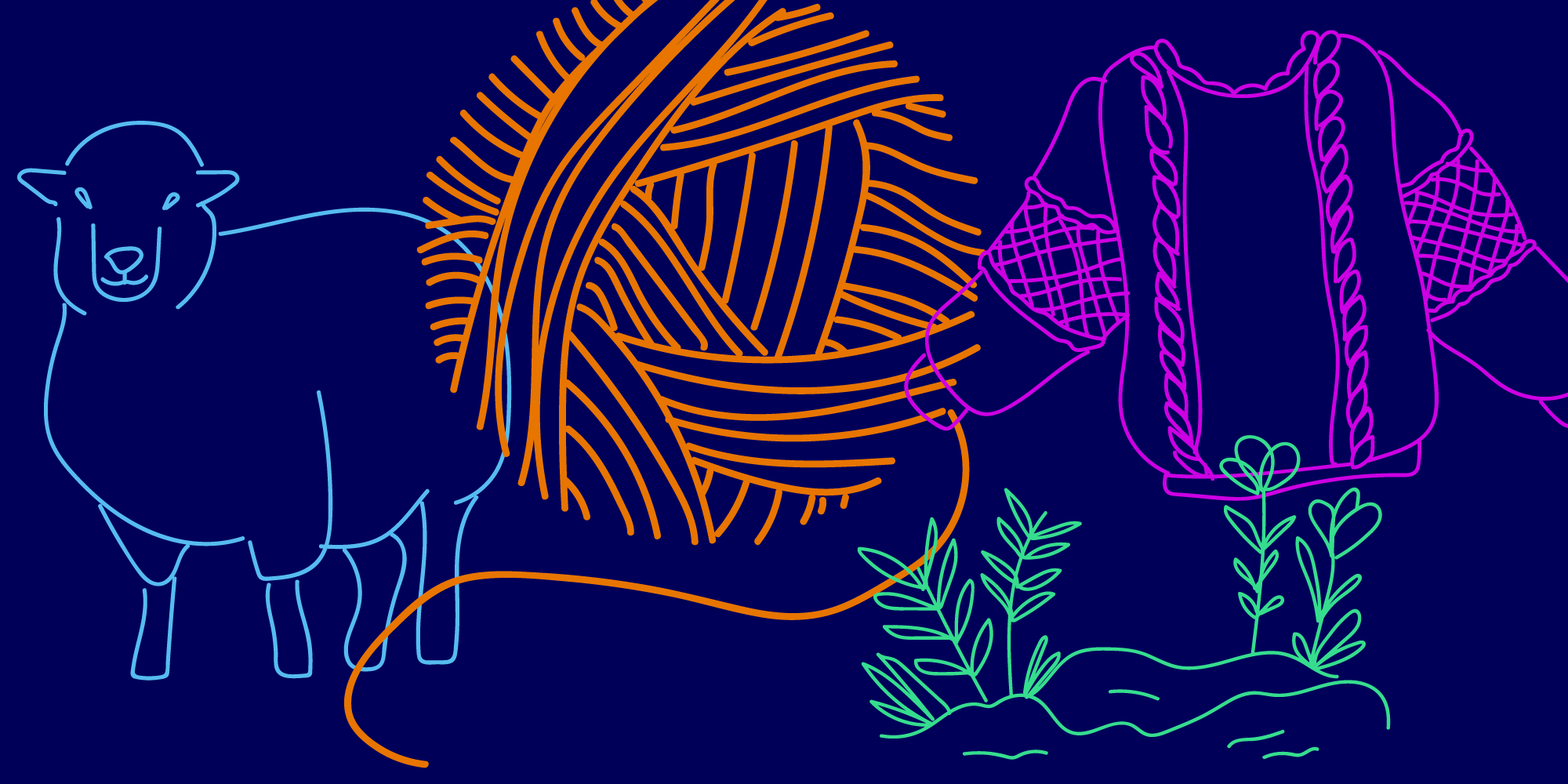Setting the groundwork for a more sustainable, responsible model for the fashion industry
Architecture Counsel is currently preparing a feasibility study for Seneca Polytechnic for the Fashion for Agriculture: Business, Research, and Innovation Centre (F.A.B.R.I.C.) – a three-phase interdisciplinary education centre that works toward building sustainability, community, and identity within Canada’s fashion, agricultural, and waste management industries.
This project involves the adaptive reuse of the KOLTS building (formerly a daycare facility) at Seneca Polytechnic’s King Campus into a leading-edge manufacturing processing facility. Located on the stunning traditional territory of the Mississaugas of the Credit First Nation, the site has over 700 acres of agricultural land surrounding the building which will be used as an outdoor teaching and learning space. Both the building and the site coalesce to provide the ideal backdrop to educate Canada’s next fashion industry leaders to design and create in a more environmentally responsible manner. Most importantly, students will learn the significance and sustainable benefits of slow fashion. Slow fashion is a business model that is based upon values and goals that incorporate awareness, responsibility, and forging relationships between creators and consumers. The concept is based upon returning to a time when the consumer knew who made their clothes and therefore had a greater awareness of where their clothing came from. Because slow fashion is still an emerging business model, there are few academic studies in this area and consumers do not yet have the knowledge of its environmental benefits or know where to shop for this type of clothing. The School of Fashion for Agriculture: Business, Research, and Innovation Centre at Seneca Polytechnic intends to change this.
FABRIC will bring together industries to educate and solve larger issues within the fashion industry with new tools and research in fibre production, processing, spinning, weaving, knitting, and apparel recycling. The initiative will take advantage of local livestock by-products from Seneca’s Veterinary Technician Program and the agricultural land that surrounds the site, as well as existing resources within Seneca’s School of Fashion. Sheep shearing is a perfect example of a circular economy in action in terms of raw material production and its use in the textile industry. Wool fleece is transformed into yarn, and then yarn becomes cloth which can be worn or used for many years. When the garment reaches the end of its useful life, it can be composted where it naturally bio-degrades, putting nutrients back into the soil, or it can be recycled to make new yarn.

Regenerative design finds its roots in Indigenous practices, and we listened to those voices early in the consultation process. Meeting with Mark Solomon, Dean of Students and Indigenous Education at Seneca and member of the Henvey Inlet First Nation, we learned how soil could be used as a medicine garden to grow herbs and plants that would then form non-toxic dyes to be used on the fabric.
Once complete, F.A.B.R.I.C. will be a significant project for Seneca’s King Campus, providing dynamic new spaces for applied research and education vital to the growth of Canada’s fashion, agricultural, and waste management industries.

